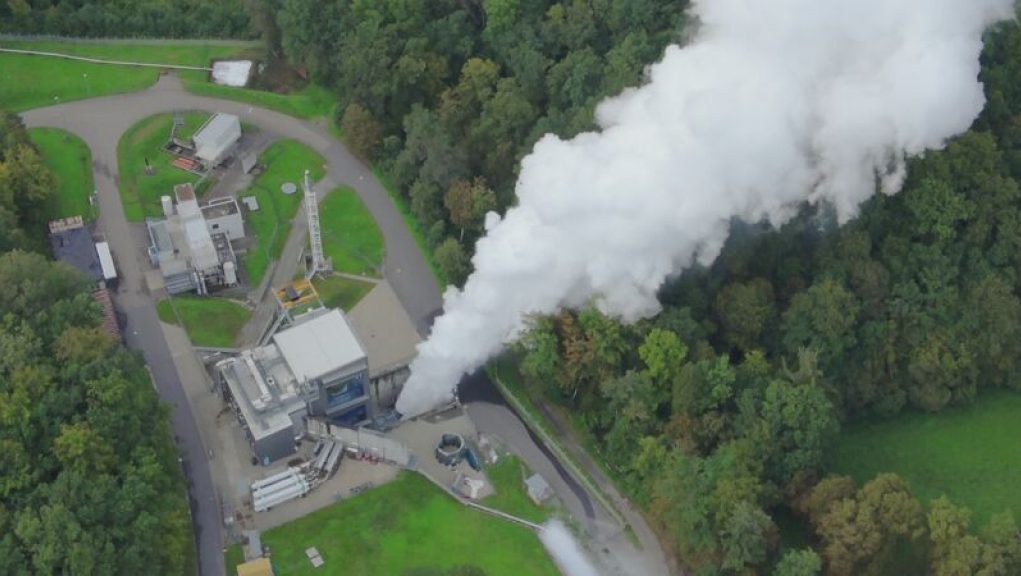Exciting news from the world of space exploration! Europe’s new Ariane 6 rocket is entering a crucial phase of testing. This includes a series of tests on the rocket’s first stage at European launch facilities in French Guiana. These tests, which could happen as soon as today and in about a month’s time, will involve short- and long-duration firings to see how the engines perform under full throttle.
“These are the decisive moments,” said Josef Aschbacher, the director general of the European Space Agency, during a press briefing on Monday. “We will finally see how the engines operate under full throttle.”
While Aschbacher did not provide a specific launch target for the new medium-lift rocket, he did mention that the European Space Agency and ArianeGroup, the rocket’s prime contractor, are working towards a launch in 2024. This development has become critical due to delays and the loss of access to the Russian Soyuz rocket. As a result, the European Space Agency has had to rely on competitors like SpaceX and its Falcon 9 rocket to fulfill some of its critical missions.
“Guaranteed access to space is a must for Europe,” Aschbacher emphasized. “That is why we have put so much attention on developing the Ariane 6 launcher. It is fundamental to our goals.”
Hot fire tests
Last Friday marked an important milestone in the development of Ariane 6. The upper stage of the rocket underwent a successful full-duration test firing at a site in Lampoldshausen, Germany. This test involved a firing of the second stage throughout its flight profile for 11 minutes. While data is still being reviewed, it appears that the second stage is ready for flight.
Advertisement
Now, the focus shifts to the first stage of the rocket, which is powered by the Vulcain 2.1 engine and solid rocket motor boosters. A wet dress rehearsal took place on July 18, but the hot fire test of the Vulcain engine did not occur due to time constraints. Carine Leveau, the director of space transportation for the French space agency CNES, explained that there were issues with the rocket’s ground systems during the test. However, she assured that everything has been resolved and a second attempt for a short hot fire test is planned for Tuesday, September 5. If successful, a full-duration test lasting nearly eight minutes will follow in early October.
Today, the European Space Agency (ESA) declined to speculate on when their new Ariane 6 launch vehicle is expected to debut, citing the complexity of the project.
ESA Director General Jan Wörner, speaking in Rome at a press conference today, downplayed any speculation on the launch date for the Ariane 6. He noted that a number of changes needed to be made in order to ensure that the new launch vehicle is ready for its maiden flight.
Ariane 6 is intended to be the successor to Europe’s current Ariane 5 booster. Scheduled to replace the 30-year old Ariane 5 after 2021, the new Ariane 6 is haled as a major achievement for ESA, and could potentially revolutionize the European space industry.
Ariane 6 has often been described as ESA’s “flagship” spacecraft for the future, built with the goal of reaching orbits more quickly and cheaply than its predecessor. As such, the agency is taking extra care to ensure all elements are in place before launch.
At the press conference, Wörner said that completing the development of Ariane 6 is a complicated process due to the engineering challenges associated with a new launch vehicle. However, he noted that the project is making progress and is two-thirds complete.
With the ESA eager to build on Europe’s success in space, Ariane 6 will undoubtedly be a crowning achievement. With the agency decline to speculate on the launch date, only time will tell when Europe will officially debut its new spacecraft.




















